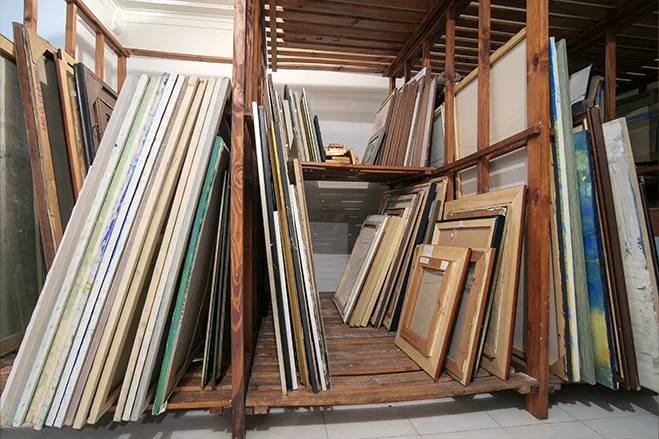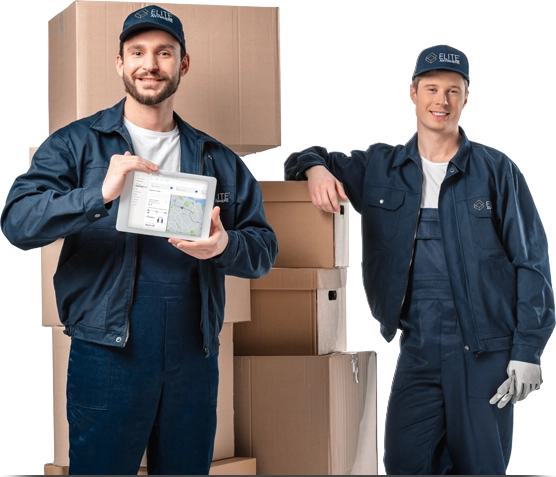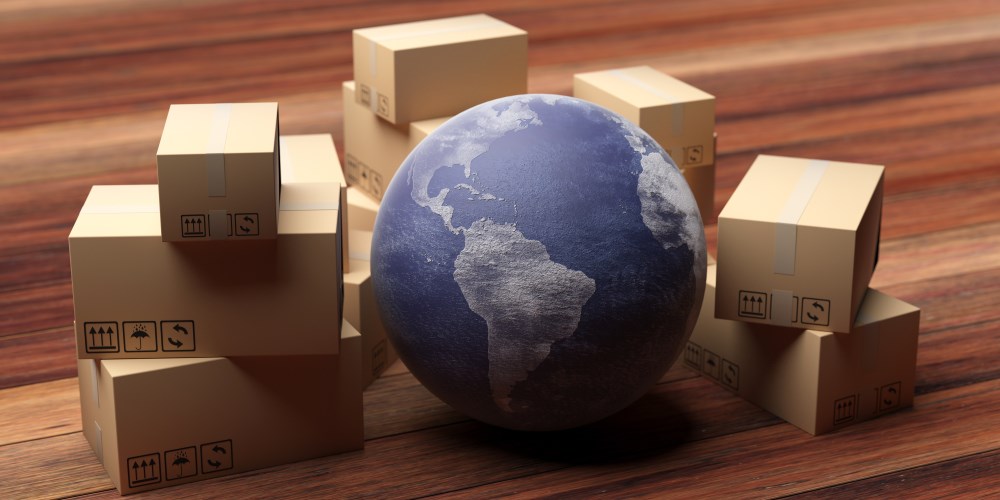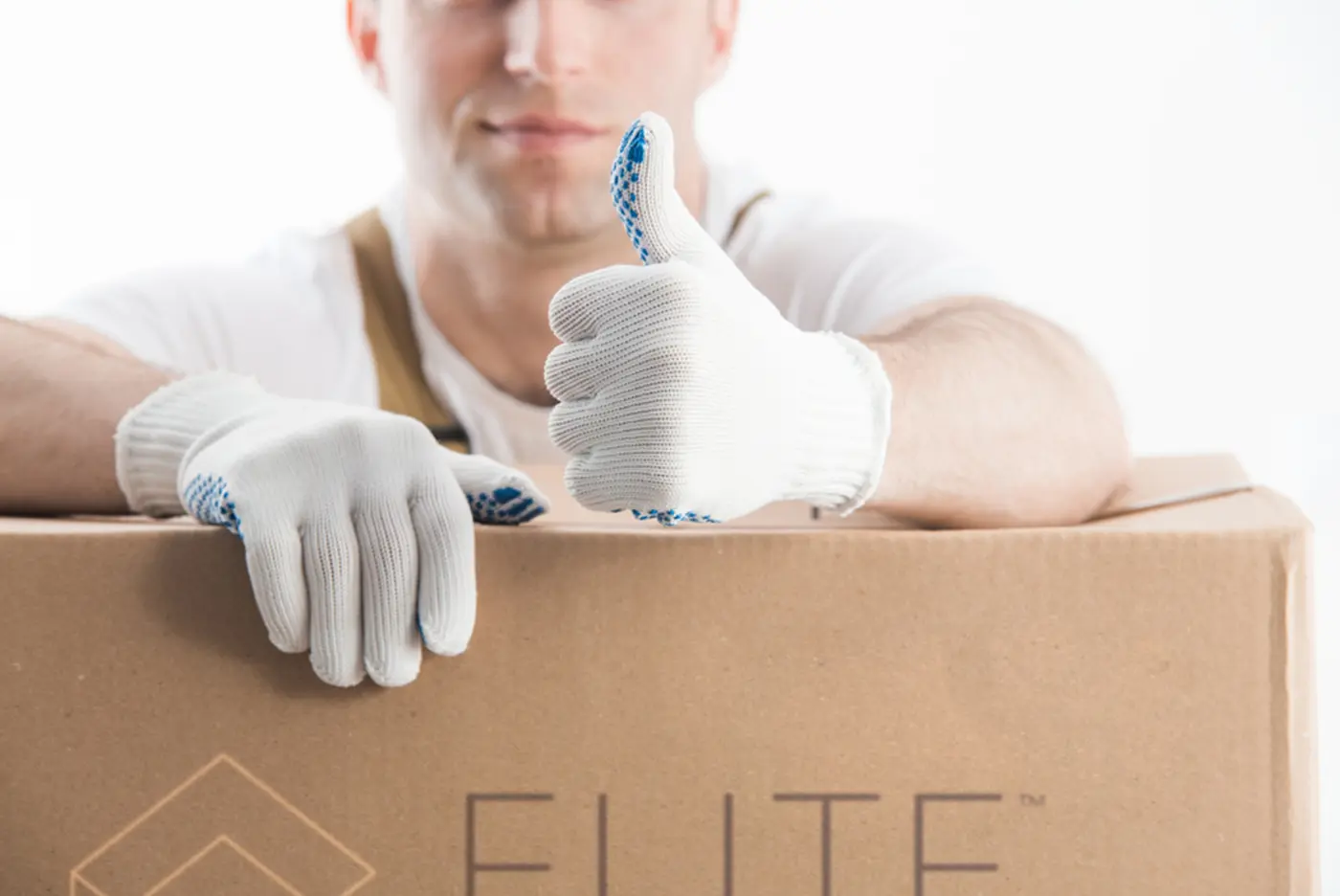During our lives, we accumulate many things that often transcend mere possessions. Be it a vintage wine collection poised for the perfect celebration, a library of antique books, or precious furniture items, these possessions aren’t just belongings—they are fragments embedded in the fabric of our personal history.
Whether it’s a move to a new city, downsizing to a smaller space, or the need to protect valuables during a home renovation, placing your treasures in storage sometimes becomes a practical necessity. This shouldn’t equate to exposing them to the caprices of time and weather. Regular storage units, without the right protection, can lead to irreversible damage to your items, such as faded colors, warped materials, and the insidious creep of mold and decay. This is where climate controlled storage comes in—it’s the ultimate protection of your stored valuables.
What Is Climate Controlled Storage?
Regular storage units may provide a space, but they fall short when it comes to protecting your items from extreme temperature fluctuations and humidity imbalances, which can be very damaging to your belongings.
On the other hand, climate controlled storage facilities and climate controlled storage containers are a carefully engineered environment designed to maintain a consistent temperature and humidity level year-round. Unlike conventional storage units, which are subject to the mercy of seasonal changes, climate-controlled units employ advanced technology to shield your belongings from extreme heat, bitter cold, and the damaging effects of moisture.

Benefits of Climate Controlled Storage
There are numerous benefits of putting your belongings in a climate controlled storage:
1. Temperature Regulation
Climate controlled storage units keep a steady temperature, shielding your items from the harmful effects of extreme heat or cold. This is crucial for things like electronics, wooden furniture, and delicate fabrics that can be damaged by temperature fluctuations; for example, electronics can warp or melt in high heat, and wooden furniture may crack or split in extreme cold. Climate controlled storage ensures a stable environment, preserving your items in their best condition.
2. Humidity Control
Unlike standard storage units, these specialized spaces regulate humidity levels, acting as a shield against mold, mildew, and moisture-related damage. Both mold and mildew thrive in damp conditions and can rapidly spread across surfaces, leaving behind stains and compromising the integrity of materials. By maintaining optimal humidity levels, a storage unit with climate control creates an inhospitable environment for mold growth.
3. Protection Against Pests
Standard storage units, left unchecked, can become vulnerable to intruders, particularly rodents and insects. Because of their sealed and controlled environment, climate controlled storage facilities act as a powerful deterrent against these pests, preventing them from gaining access and therefore safeguarding your items from gnawing, nesting, and contamination.
4. Enhanced Security Measures
These facilities prioritize the safety of your belongings by implementing additional layers of security, including surveillance cameras, controlled access, and vigilant security personnel. Strategically placed cameras provide continuous monitoring, while the presence of security personnel reduces the risk of unauthorized entry and potential theft. Moreover, climate controlled storage units often feature advanced alarm systems that are triggered by any suspicious activity. This multi-faceted approach establishes a formidable defense against unauthorized access and potential theft.
5. Extended Longevity for Sensitive Items
Climate controlled storage not only protects sensitive items from immediate threats but also acts as a time-defying sanctuary. Fluctuations in humidity and temperature can hasten the aging of materials like paper, leather, and textiles. With climate controlled storage units, these impacts are kept at bay, since these units maintain a consistent and ideal environment, offering a sanctuary that resists the effects of time.
Downsides of Climate Controlled Storage
Apart from the benefits, it is important to mention that there are some downsides to climate controlled storage facilities.
1. Limited Availability
Climate controlled storage units may not be as readily available as standard units, depending on the location and demand. In busy seasons or densely populated areas, you might find limited options for climate controlled storage, potentially leading to higher competition for these units.
2. Energy Consumption
The technology required to maintain a constant and optimal environment within climate controlled storage units consumes more energy compared to standard storage. This increased energy usage contributes to environmental concerns and may result in higher operational costs for climate controlled storage facility owners.
3. Space Limitations
Climate controlled storage units might have space limitations, especially in older facilities that were not initially designed to accommodate such specialized storage. This could lead to smaller unit sizes or limited availability for larger items.
4. Facility Issues
While climate controlled storage helps protect items from environmental factors, it doesn’t make the stored items completely immune to other issues within the storage facility, such as theft, fire, or water damage from unforeseen events like floods or leaks.
5. Dependency on Facility Management
The effectiveness of climate controlled storage depends on the facility’s management. If the facility does not adequately maintain and monitor the climate control systems, there could be fluctuations in temperature and humidity, compromising the promised protection.

What Items Need Climate-Controlled Storage?
There are some items that require a stable climate environment to ensure their longevity and protection against environmental fluctuations. These include:
1. Electronics
Electronics are very sensitive to temperature fluctuations and humidity. Extreme conditions can lead to damage, malfunctions, or even permanent loss of data. Climate-controlled storage ensures a stable environment, preventing these risks and extending the lifespan of electronic devices.
2. Wooden Furniture
Wood is hygroscopic, meaning it absorbs and releases moisture in the air. Fluctuations in humidity can cause wooden furniture to swell, warp, or crack. Climate controlled storage units maintain a consistent humidity level, preserving the structural integrity and aesthetics of wooden pieces.
3. Delicate Fabrics
Fabrics, especially those made from natural fibers like silk or wool, are prone to mold, mildew, and decay in humid conditions. Climate controlled storage prevents these issues, ensuring that delicate fabrics remain free from discoloration, odors, and deterioration.
4. Artwork and Photographs
Artwork and photographs are often sensitive to light, temperature, and humidity. Climate controlled storage protects against fading, warping, and deterioration, preserving the vibrancy and structural integrity of your treasured items.
5. Musical Instruments
Musical instruments, often crafted from wood and metal, are highly responsive to changes in humidity and temperature. Fluctuations can lead to warping, tuning instability, and corrosion. Climate controlled storage shields instruments from these threats, maintaining their condition and playability.
6. Paper Documents
Paper is highly susceptible to deterioration from humidity, which can cause yellowing, brittleness, and the growth of mold. A climate controlled storage unit provides a dry and stable environment, preventing these issues and preserving the integrity of important documents.
7. Leather Goods
Leather can crack, fade, or become discolored in the presence of moisture or extreme temperatures. Climate controlled storage protects leather goods by maintaining a stable environment, preventing these issues and extending the lifespan of items like jackets, bags, and accessories.
8. Certain Textiles
Delicate textiles, including vintage clothing, heirloom fabrics, and tapestries, are susceptible to damage from humidity and temperature fluctuations. Climate controlled storage ensures a constant environment, safeguarding these textiles from degradation and preserving their appearance.
9. Plastic, Wax, and Vinyl
In high heat, plastic items may warp or distort, while low temperatures can make them brittle. Wax and vinyl can also be prone to warping or cracking in fluctuating conditions. Climate controlled storage provides a stable environment, preventing these materials from undergoing structural changes and ensuring their longevity.
What Items Don’t Need Climate Controlled Storage?
Items that are more resilient to temperature and humidity fluctuations may not necessarily require climate controlled storage. These include:
1. Outdoor Furniture
Outdoor furniture made from materials like metal, plastic, or treated wood is designed to withstand various weather conditions. While it may benefit from a covered storage area, it often doesn’t require climate controlled storage.
2. Tools
Most tools made from metal or durable materials are not sensitive to temperature and humidity changes. Proper storage is essential to prevent rust, but for many tools, a climate controlled storage isn’t necessary.
3. Non-Sensitive Clothing
Everyday clothing made from synthetic fabrics or sturdy materials may not require climate controlled storage.
4. Non-Electronic Household Items
Common household items like glassware, ceramics, and non-electronic appliances often don’t need climate controlled storage, since these materials are less susceptible to temperature and humidity variations.
5. Sturdy Furniture
Furniture made from robust materials such as metal, hard plastics, or certain treated woods may not require climate controlled storage.
6. Sports Equipment
Items like sports gear, bicycles, or outdoor equipment made from durable materials generally don’t need climate controlled storage—proper cleaning and maintenance are often sufficient.
7. Non-Delicate Books
Books made from standard paper and bindings that aren’t particularly sensitive to environmental conditions may not need to be put in a storage unit with climate control.

Choosing the Right Climate Controlled Storage
Choosing the right climate controlled storage involves a thoughtful and strategic process to ensure your belongings receive the optimal protection. Some of the key steps that will guide you in making the right decision are:
1. Assessing Your Belongings
Begin by assessing the items you plan to store, and identify those that are sensitive to temperature and humidity fluctuations, such as electronics, artwork, or delicate fabrics.
2. Understanding Your Needs
Consider the duration of storage and your geographic location; if you live in an area with extreme temperatures or high humidity, climate controlled storage is crucial. It is also worth assessing whether your storage needs are short-term or long-term.
3. Researching Facilities
Explore reputable storage facilities in your area that offer climate controlled units. Consider factors such as facility reputation, security measures, and customer reviews. Visit the facilities if possible to inspect the units and verify the effectiveness of their climate control systems.
4. Taking Size and Accessibility Into Consideration
Determine the size of the storage unit based on the volume and dimensions of your items. Ensure the facility provides easy access to your unit, allowing you to retrieve or add items conveniently.
5. Establishing a Budget
Establishing a budget and comparing prices among different facilities is very important. Factoring in the value of your belongings and the level of protection will also help you make a more informed decision.
6. Asking About Maintenance Practices
Inquire about the facility’s maintenance practices, especially regarding the climate control systems. Regular maintenance ensures the reliability of the systems, reducing the risk of malfunctions that could compromise the environment within the storage units.
7. Checking Security Features
Prioritize facilities with enhanced security measures, including surveillance cameras, controlled access, and security personnel. A secure facility adds an extra layer of protection to your valuables.
8. Knowing Your Insurance Options
Check if the storage facility offers insurance options for stored items. While climate controlled storage minimizes environmental risks, having insurance provides additional peace of mind in case of unforeseen events.
Conclusion
While there are some downsides, the benefits of climate-controlled storage far outweigh these concerns. Climate-controlled storage options offered by Elite Anywhere go beyond a luxury—they are an investment in safeguarding sensitive items from the ravages of time and environmental threats.
Choosing the right climate-controlled storage involves assessing your belongings, understanding your needs, researching facilities, considering size and accessibility, budgeting, and prioritizing security and maintenance. It’s a strategic decision that will ensure your items find refuge in a reliable and protective environment.
About Us

More than just a white glove delivery company: we specialize in receiving, warehousing, shipping, and national white glove delivery & installation services.
Categories
Related posts
Ready to get started?
Experience new growth opportunities and elevate your business to the next level with our unparalleled white-glove delivery service and extensive coverage. By partnering with us, you can tap into previously undiscovered potential that will drive you closer to your goals.

Latest blog posts
Logistics Simplified: Exploring Pick Pack and Ship Strategies
Logistics Simplified: Exploring Pick Pack and Ship Strategies From the moment a customer clicks the “buy” button or submits their order, a number of actions are set int
Expert Care for Your Valuables: Single Item Moving Services
Single item moving is exactly what it sounds like—a moving service dedicated to transporting one specific item. Learn more in the article!
Moving with Care: All About White Glove Moving Services
White Glove Moving is a premium moving service that provides an extra level of care, attention, and precision to every part of the moving process.

A complete end-to-end logistics company. From receiving to last-mile delivery and everything in between, our staff delivers a true white glove experience with meticulous care and attention to detail. Need something pickup up, crated, and delivered - anywhere in the world? Let's get started!






